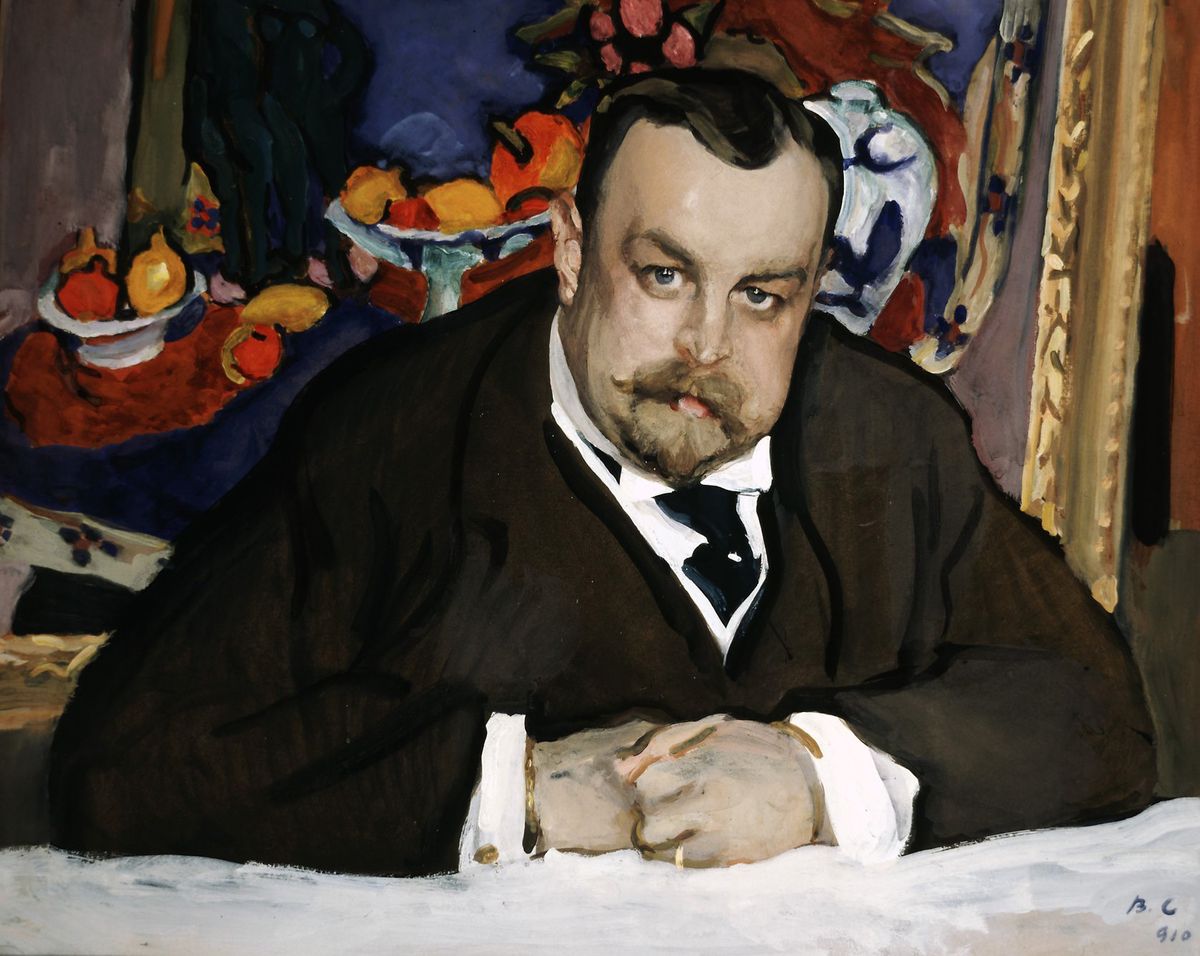As the war in Ukraine rages, France is taking steps to ensure the safe return to Russia of the dazzling Morozov collection, the subject of a blockbuster exhibition at the Fondation Louis Vuitton in Paris since last September.
The show, which closed on 3 April and drew more than 1.2 million visitors, featured around 200 Modern masterpieces by the likes of Van Gogh, Gauguin, Matisse and Picasso that were collected in the early 1900s by the Russian textile magnates Mikhail and Ivan Morozov. Most of the works were lent by the State Hermitage Museum in St Petersburg and the Pushkin State Museum of Fine Arts and State Tretyakov Gallery in Moscow, but some came from private collections. In a sign of the diplomatic negotiations required to organise the show, its catalogue bears a preface signed by presidents Emmanuel Macron and Vladimir Putin.
The works owned by Russian museums are protected by French law against seizure, as are those from the Ekaterina Foundation, created by Ekaterina and Vladimir Semenikhin, the founder of the construction company Stroyteks. An order of exemption from seizure, renewed by the ministries of culture and foreign affairs in February, is effective until 15 May, the time normally required to ship the art back to Russia. This can be renewed again if necessary.
A government official, who declined to be named because of the sensitivity of the matter, tells The Art Newspaper: “In spite of everything, and the horrendous news coming from Ukraine, we have a duty to protect cultural exchanges.” The source adds that “Russia posed no difficulties over the swift return of about 15 works which were withdrawn by French museums from an exhibition at the Kremlin Museums when the invasion started.”
However, two of the works in the show could be held in France. A self-portrait by Pyotr Konchalovsky is part of the private collection of Petr Aven, a Russian oligarch who is on the EU’s sanctions list. Its fate is currently unclear. A portrait of Margarita Morozova, which belongs to the Dnipropetrovsk Museum in Ukraine, will be placed under French protection until it can be safely returned.
There are still numerous logistical and diplomatic complications to returning the exhibition loans. Russia is taking care of transportation, which has to be done by road as flight links between France and Russia are suspended. But the French government has had to step in to secure safe passage across the continent. It has made diplomatic contacts with all the relevant countries to ensure that the art will not be seized on its way back home. Talks are also under way with Brussels to “change European texts”, according to the same source, so that works of art would not be classified as “luxury goods” and subject to seizure.
“We want to avoid any incidents,” the government official says. “We don’t want the convoys to be stopped and seized en route,” as happened at the Finnish border with crates of art being returned to Russian museums from Italy and Japan. “If the safety of the shipping cannot be ensured by 15 May, the works will be placed under the French state’s protection, until such time as it can,” they add.


